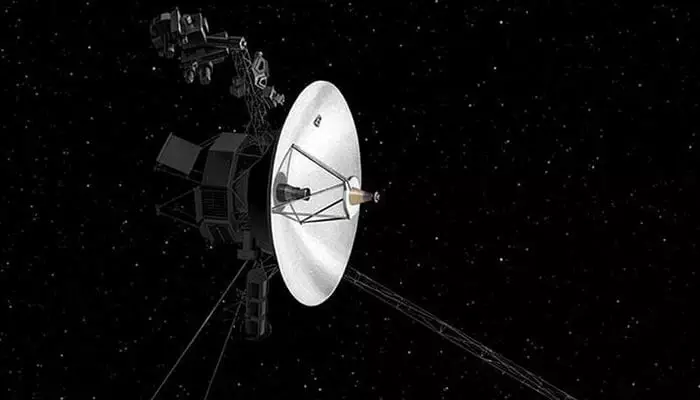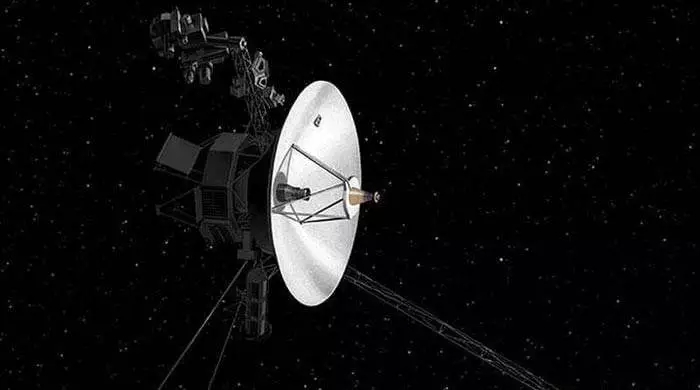NASA Space Technology

At 15.4 billion miles away from Earth, the National Aeronautics and Space Administration’s (Nasa) Voyager 1 spacecraft, which faces an uncertain future, fell silent recently leaving scientists unoptimistic about ever hearing back from it.
However, the spacecraft did something that no one expected.
The 47-year-old probe, which is one of the only spacecrafts ever to reach in interstellar space, was expected to maintain communication with mission control.
But the spacecraft experienced a major setback when it plugged into its fault protection system after receiving a routine command to activate a heater on October 16, according to Mashable.
Two days later, when Nasa expected to receive a response from the spacecraft, the team learned something tripped Voyager’s fault protection system, which turned off its X-band transmitter.
By October 19, all communication had ceased, leaving flight engineers concerned about the mission’s viability.
It is important to note that, while the primary X-band transmitter is inoperative, Voyager 1 is equipped with a backup transmitter that operates on a fainter frequency.
Yet, no one knew if the second radio transmitter could still work, given the aging spacecraft’s extreme distance.
Miraculously, days later, engineers with the Deep Space Network, a system of three enormous radio dish arrays on Earth, found the signal whispering back over the S-band transmitter.
The device hadn’t been used since 1981, according to Nasa.
“The team is now working to gather information that will help them figure out what happened and return Voyager 1 to normal operations,” Nasa said in a recent mission update.
Both, Voyager 1 and Voyager 2, have been operational for nearly 50 years, far exceeding their original five-year lifespan.
Launched in 1977, they were intially designed to study Jupiter and Saturn, but after their success, mission objectives expanded to include Uranus and Neptune.
They are the only spacecrafts that operate outside of the heliosphere the region of space affected by the sun’s constant flow of material and have collectively explored four planets, 48 moons, and a host of planetary magnetic fields and rings.
Voyager 1 is speeding away from the solar system at over 38,000 miles per hour and is the farthest human-made object from Earth, with commands taking 23 hours to reach the spacecraft, and another 23 hours for mission control to hear back from it.


